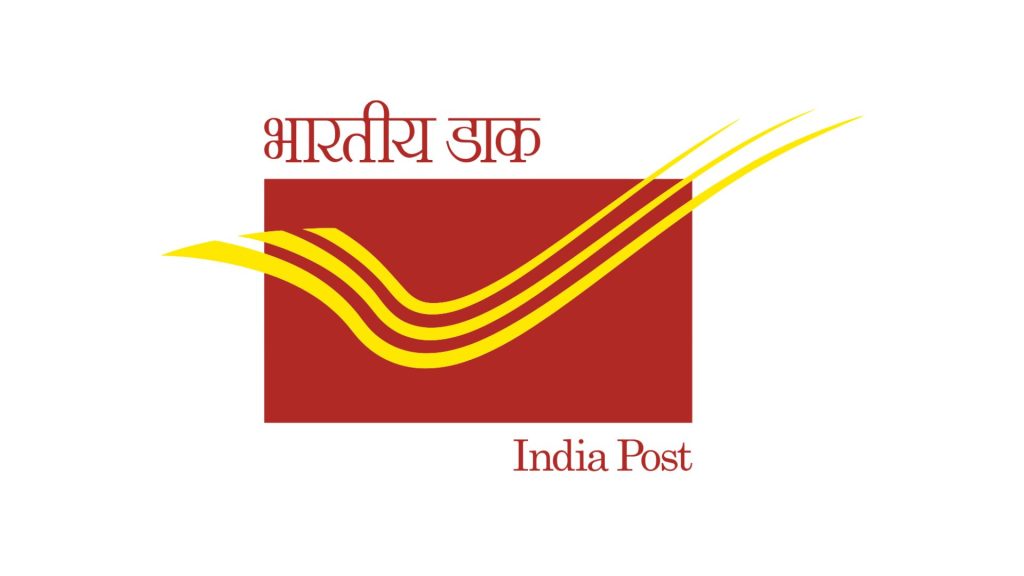While the girl child has often had more dedicated saving schemes, there are also post office saving schemes available for the boy child in India. If you’re looking to secure your boy child’s future financially, these schemes are worth considering.
Parents generally save money for their children for various reasons—marriage, health, education, career, or even emergencies. Having some money set aside always proves beneficial during financial emergencies.
The Indian Post Office, one of the oldest institutions in India, has been instrumental in fostering savings and investment habits among the citizens. Over the decades, it has introduced several savings schemes that benefit both male and female children.
Benefits of Investing in Post Office Saving Schemes
- Affordable Minimum Opening Amount: Most schemes start with a minimum amount of ₹500, offering a decent interest rate that varies annually based on market conditions.
- Convenient Access: With post offices located in almost every locality, opening a savings account is hassle-free.
- Digital Transactions: Embracing digitization, post offices now allow you to manage transactions from the comfort of your home.
Post Office Saving Schemes for the Boy Child in India
1. Ponmagan Podhuvaippu Nidhi Scheme
Initially, savings schemes for children were focused on girls, like the Sukanya Samriddhi Yojana. However, due to public demand, the Tamil Nadu post office launched the Ponmagan Podhuvaippu Nidhi scheme for the boy child.
Key Features:
- Launched in September 2015.
- Available exclusively in Tamil Nadu.
- Open to boys below 10 years of age, with a minimum annual contribution of ₹500 and a maximum of ₹1.5 lakh.
- Interest rates are revised annually based on government policies and market conditions.
- Loan facility available after 4 years of account opening.
- Tax benefits up to ₹1.5 lakh under Section 80C of the Income Tax Act.
2. Post Office National Savings Certificate (NSC)
The NSC, introduced in the 1950s, initially aimed to fund India’s development. It has since evolved into a tax-saving investment scheme. Parents can open an NSC account for a minor male child under 18 years of age.
Key Features:
- Minimum investment of ₹100.
- No upper limit on investment.
- Tax benefit restricted to ₹1.5 lakh.
3. Post Office Recurring Deposit
The Indian Post Office offers a 5-year recurring deposit (RD) account under the Post Office Monthly Saving Scheme. This allows for regular monthly savings with a fixed interest return.
Key Features:
- Joint account option for minors and parents.
- Requires account opening form and self-attested copies of PAN Card and AADHAR card for KYC.
4. Kisan Vikas Patra (KVP)
First introduced in 1988 and reintroduced in 2014, KVP is a popular scheme among lower and middle-class families. It allows for lump-sum annual investments with a predetermined interest rate.
Key Features:
- Available in denominations of ₹1000, ₹5000, ₹10,000, and ₹50,000.
- Minimum investment of ₹1000.
- No upper limit on investment.
- Open to minor children below 18 years, with accounts managed by parents or legal guardians.
5. Post Office Monthly Income Scheme (POMIS)
POMIS is a secure investment option managed by the government, ensuring guaranteed monthly payments based on the investment amount.
Key Features:
- Available for minors aged 10-18 years, with joint accounts with a legal guardian.
- Higher return rates compared to savings accounts.
- Guaranteed monthly returns.
6. Public Provident Fund (PPF)
Introduced in 1968, the PPF is aimed at tax-saving and offers a 15-year investment period. Only parents or legal guardians can open a PPF account for a minor boy child.
Key Features:
- Long-term investment of 15 years.
- Various income tax benefits on invested amounts.
Conclusion
These post office saving schemes for the boy child in India provide various options for securing your child’s future. Depending on your financial goals and capabilities, you can choose the best-suited scheme to ensure a financially secure future for your child.




